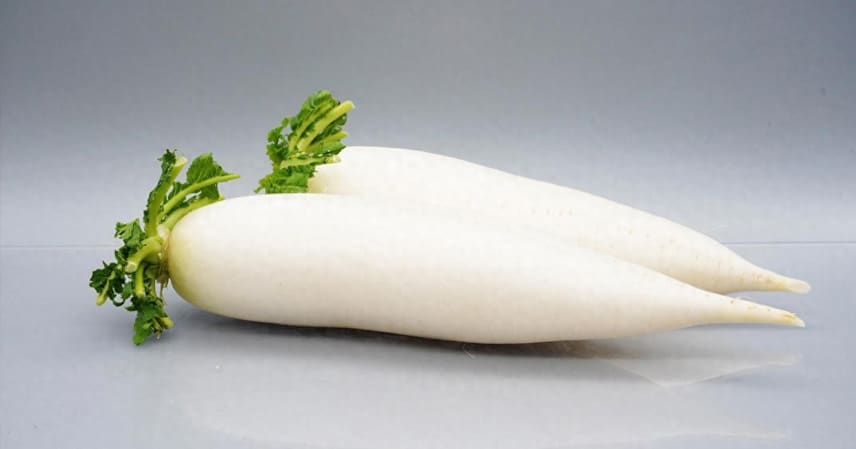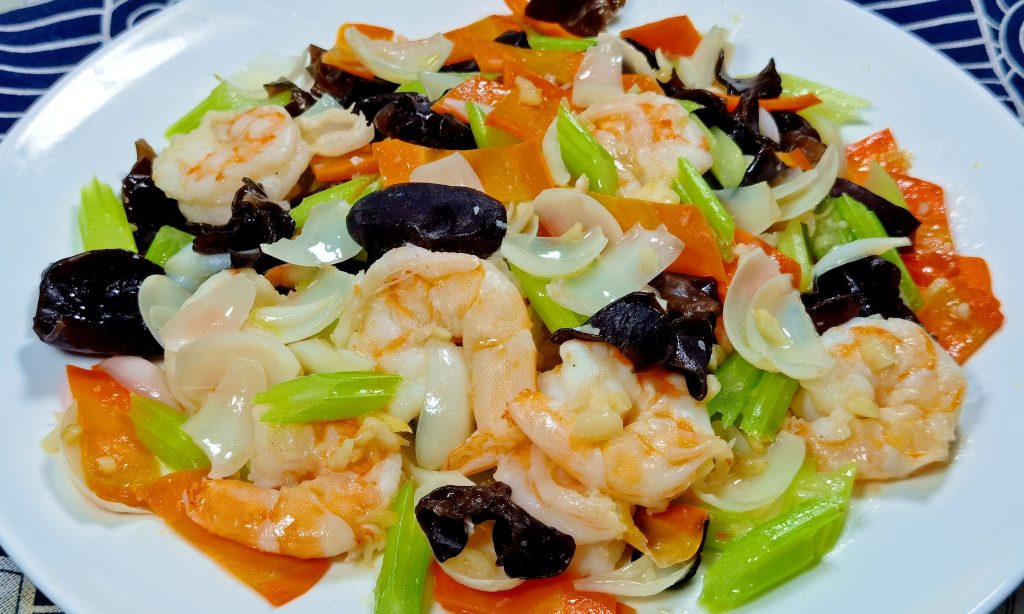Hello, dear friends! I’m Kai Xin. When autumn arrives, the air turns dry, and you may often feel thirsty, with tight skin and occasional discomfort. Choosing seasonal vegetables during this time is key—they’re fresh, help ease dryness, and most importantly, are budget-friendly. Today, I’m sharing three autumn vegetables that are real “affordable lung boosters”. Easy to cook and great for daily consumption, these veggies can help moisturize the lungs and detoxify the body.
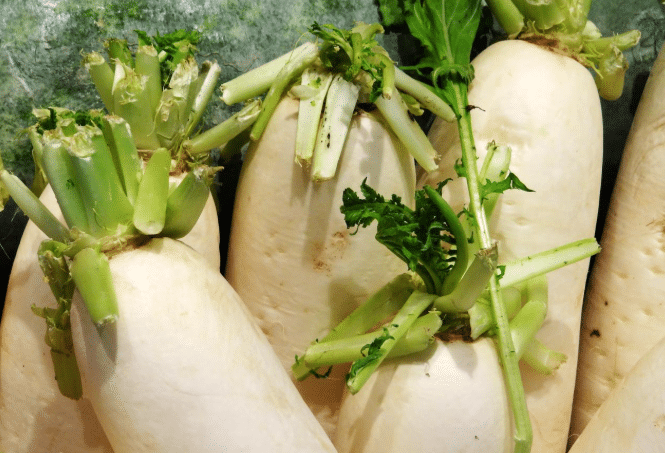
1. White Radish: Better Than Ginseng for Autumn
White radish is one of the most common and inexpensive vegetables in the market, priced around 1–2 RMB per jin (0.5 kg). As the old saying goes, “Eating radish in autumn is better than ginseng”. Why? Because white radish is excellent for soothing the throat, easing phlegm, and promoting digestion. Feeling bloated or overstuffed? Some white radish can help relieve discomfort.
Nutritionally, it’s rich in vitamin C, mustard oil compounds, and dietary fiber. Vitamin C protects your respiratory tract and reduces irritation from dryness. Mustard oil promotes digestive juices, enhancing gut motility, while fiber helps with detoxification by speeding up waste elimination.
Choosing the best radish: Look for smooth skin without blemishes, full at the root, and heavy to the touch.
Simple recipes:
- Steamed White Radish Soup: Peel and cut radish into chunks, add a few slices of ginger, boil in water for 20 minutes, season with a pinch of salt.
- Stir-Fried Radish with Dried Shrimp: Shred radish, soak dried shrimp in warm water, stir-fry shrimp first, then add radish until tender. Season lightly with salt.
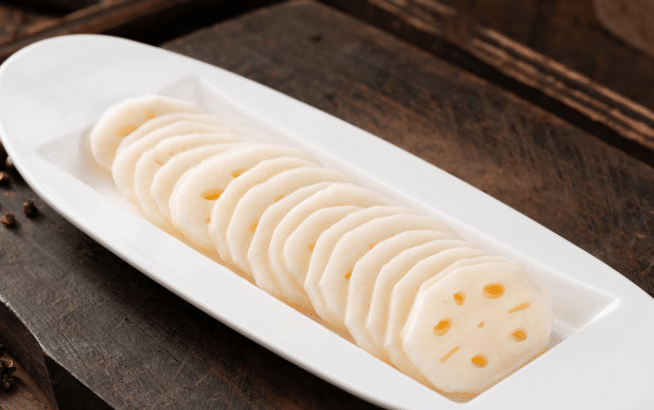
2. Lotus Root: “Underground Pear” for Lungs and Digestion
Autumn is peak season for lotus root, priced around 3–5 RMB per jin. Its long shelf life makes it convenient to store for over a week. Often called the “underground pear”, lotus root helps moisturize the lungs in dry autumn weather.
Cooked lotus root is especially recommended in autumn. It’s soft, slightly sweet, and non-cold, which helps relieve dry mouth and cough while supporting spleen and stomach health—the foundation of your body’s energy.
Nutrition highlights: Contains mucilage protein, dietary fiber, and B vitamins. Mucilage protects the gut lining, fiber promotes bowel movement for detoxification, and B vitamins help repair respiratory tract membranes.
Choosing lotus root: Pick lotus roots with short, thick segments, clean holes, and intact skin.
Popular recipes:
- Lotus Root Pork Rib Soup: Blanch ribs, cut lotus root into thick slices, simmer with ribs in water for an hour, season with salt and green onions.
- Stir-Fried Lotus Root Slices: Quick-fry thin slices with a little oil, season with salt and vinegar for a crisp, refreshing dish.
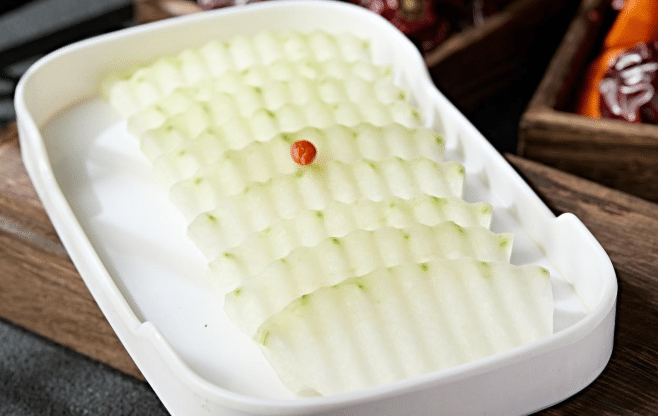
3. Winter Melon: High Water, Low Calories, Lung-Friendly
Winter melon is extremely affordable in autumn, usually 1–3 RMB per jin. With over 90% water content, it’s perfect for hydration, detoxification, and weight management.
Eating winter melon can alleviate dry throat, help your body release excess water, and keep you feeling light and comfortable.
Nutrition highlights: Rich in vitamin B2, potassium, and fiber. Vitamin B2 supports metabolism, potassium balances body fluids, and fiber promotes bowel movements for detoxification.
Choosing winter melon: Look for a layer of white frost on the skin, firm flesh, and a crisp sound when tapped.
Easy recipes:
- Winter Melon Meatball Soup: Mix lean meat with starch, salt, and chopped scallions; form meatballs, boil in water, add winter melon slices, simmer for 5 minutes, season with sesame oil.
- Winter Melon and Kelp Soup: Soak kelp, slice winter melon, boil together for 10 minutes, add dried shrimp and salt for flavor.
These three vegetables are autumn staples, offering lung-nourishing, detoxifying benefits while being affordable and easy to prepare. Incorporate them into your seasonal meals to stay comfortable and healthy during dry weather, enrich your table, and save on grocery bills. Don’t miss the best time to enjoy them!

